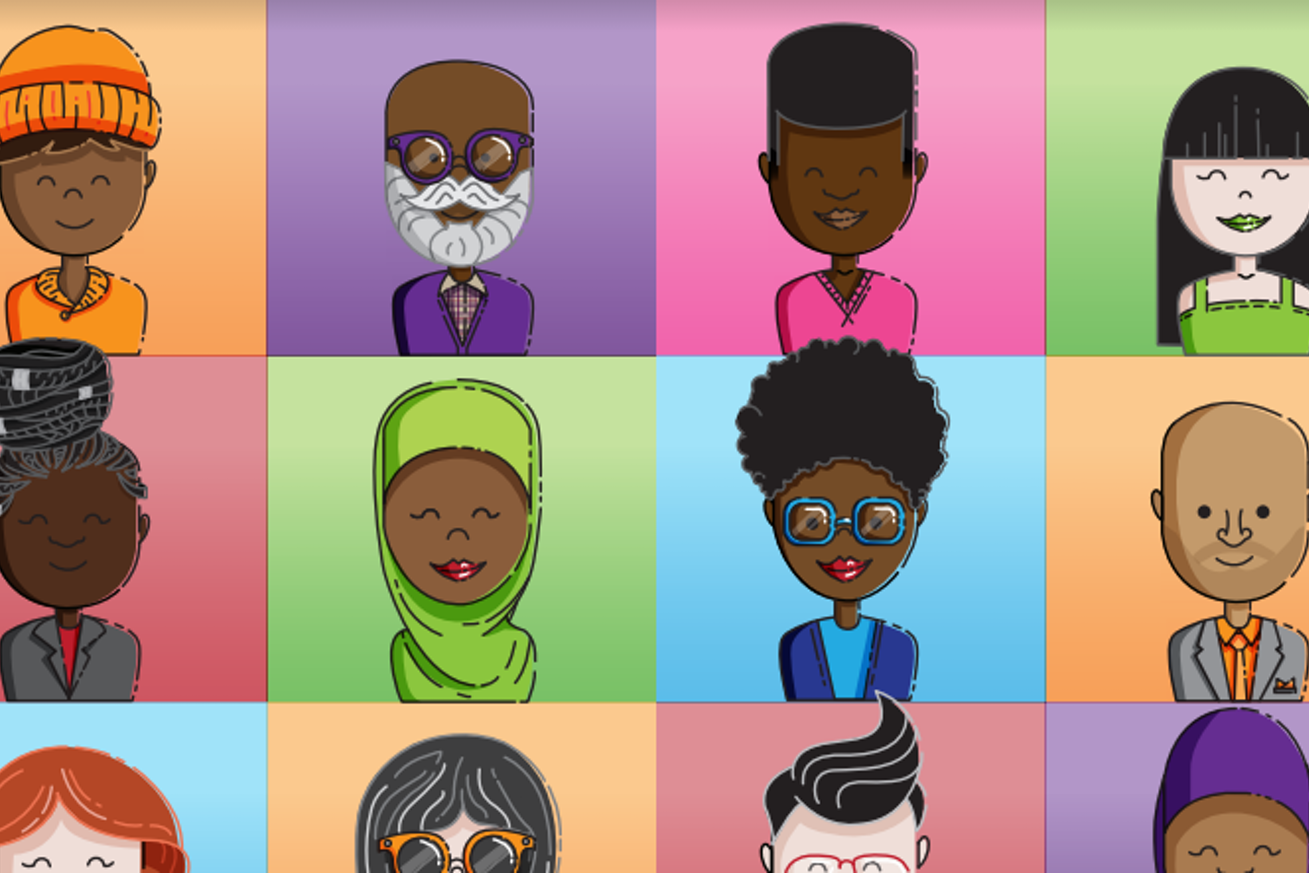Image courtesy of Jesse Littlebird. “Red Sawblade Sun During Monsoon” by Jesse Littlebird (www.jesselittlebird.com)
Behind the Scenes with Leadership Learning Community
In co-creating this project with our advisory group, it was crucial to all of us that the work we produced was an authentic representation of the experiences of BIPOC leaders – a document that was truly for us and by us. Moreover, we sought to produce something different and for the production process to differ from our previous experiences within oppressive systems. We wanted this piece to be relational, grounded in relationships, establish new relationships, and strengthen pre-existing ones. We knew from the outset that we wanted the co-creating space to feel very different from the traditional ways most of us have encountered collaboratively building a research document. As we planned our interactions with our project team, we intentionally centered our goal of adequately balancing relationship building, play, and rigor. Because this is a different approach, we were not always certain that our invitation to play would be accepted, and each time, we found that the leaders we engaged with (from the advisory group to our interviewees) welcomed play and joyfully joined us in using it as a means to dive into our joint explorations authentically. In discussing the experience of the way we approached this work, one advisory group member, Elissa Sloan Perry, said they found “rigor of asking hard questions and interrogating things – but there is also a sense of play and fun, there is a wholeness, a liveliness to this.”
We set this tone with our in-person gathering. Our advisory group kick-off event occurred over two spring days in an airy and bright conference room in New York, with good food, trusted ecosystem partners, and tools to support our grounding, creativity, and imagination. In this space, we started with storytelling. Together, we built the story of the origins of our work, the context of the 2010 report, and all that has evolved in terms of the larger racial justice landscape between 2010 and the present. From there, we collaboratively mapped our work intersections, built a container for our partnership, brainstormed curiosities, and potential partners, imagined the possible shapes these final products could take, and imagined how we could produce something of value to those concerned with racial equity and liberation. At this gathering, we named curiosity, connection, story, creativity, honesty, collaboration, movement, joy, play, care, and gratitude as key values to hold. Together, we attended to relationships as much as we attended to work products while collectively creating a workplan and research protocol.
Over the next year, we had 1:1 meetings, met bi-monthly as a full group, and communicated over email in between meetings. Each time we interacted, we prioritized our connection (through personal check-ins and sharing gratitudes) and cross-collaboration, and even with all of the knowledge/expertise in the room, we all entered the conversation with a spirit of curiosity instead of relying on our current understanding of the issues. As advisory group member Frances Kunreuther said: “[This process] created openings to other thinkings and ideas, whether in play or in conversations… [I found] the space provocative and stretched my thinking.” Ericka Stallings agreed, adding, “Folks are grounded in aligned values but don’t have the same exact perspective. These conversations have expanded, grounded, and challenged my thinking.”
With our advisory group and research partners, we identified the powerful and knowledgeable racial justice leaders we wanted to bring into our conversation through interviews. We refined a space travel interview protocol that served as a playful container for explicitly describing the current racial justice landscape, calling in our ancestors, spaciously envisioning our future, and naming the actions required to realize racial justice. We pushed each other to think about the corners and complexities of the findings of our literature review and interviews – learning from and alongside each other. Ultimately, we deepened relationships, expanded our understanding, and experienced pleasure as we practiced new means of engaging with the complexities of racial justice work in joyous ways.
More Details:
In-person Meeting Activity Prompts:
- Distributed physical keys. Ask the question: What opportunity does your key open?
- What’s hot or ripe for you right now about leadership and race? What are you anticipating will soon ripen? Is there anything that is overripe?
- Distributed Seed Paper. Ask the question: What are we all dreaming of next? For this work or the intersection of race and leadership?
Related Posts
February 24, 2025
DEI and the Monster: Fear, Policy, and the Future of Inclusion
February 26, 2021
Reflection at the End of Black History Month 2021
February 12, 2020
Talking about Liberation and Equity
December 11, 2019




